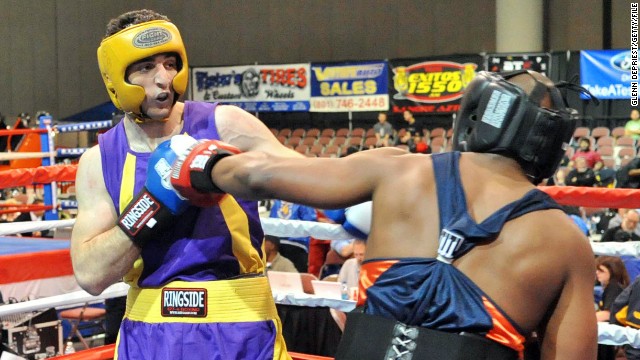Boxing and Neuroethics
Main Article Content
Abstract
“If boxing is a sport it is the most tragic of all sports … it consumes the very excellence it displays.”
Joyce Carol Oates, On Boxing

Muhammad Ali has Parkinson’s disease. Ken Norton barely speaks and moves slowly using a walker. These giants of the “the sweet science of bruising” are the most prominent victims of the sport, but an estimated 20-50% of former professional fighters suffer or will from boxing related brain injuries. Over the last two decades, evidence has accumulated that blows suffered in the ring lead to these sad outcomes. A successful career is no protection from a life altering brain injury syndrome, generally labeled chronic traumatic brain injury (CTBI).
Since the 1980s, the AMA and other medical organizations worldwide have called for bans on boxing, to little avail. So, as brains continue to be battered, it’s time to revisit the issue. Partisans will argue that boxing is being unfairly singled out. They are partially correct—singled out, yes, but not unfairly. Success in the ring is giving and taking brain-endangering hits. In contrast, the goals of football and hockey do not depend on inflicting blows to the brain, although contact sports should and are being pressured to make their games more brain safe.
Physicians must act against a practice which damages its participants so profoundly. If boxing can be made much safer, as has been suggested, let’s welcome that change. But if not, it should, like bullfighting, go from culturally lauded to disreputable.
Boxing can be pressured to reform or retreat in two ways. First, researchers of CTBI should highlight their work in the popular media. For example, The Cleveland Clinic’s Lou Ruvo Center studies fighters for early signs of brain injury and possible prevention. Their research is an example of an ethically correct and compassionate stance towards these athletes.
Second, and more radically, physicians need to refuse some services to youth and professional boxing. Pediatricians and specialists in adolescent medicine should respect and promote the American Association of Pediatrics (AAP) 2011 statement opposing youth boxing. This means more than speaking frankly to parents about risks, as the AAP suggests. It also means refusing to serve where boxing takes place and declining to certify that children can safely box when permissions are required. These last two steps were neglected by the AAP, which called on doctors to provide “appropriate medical care…for children and adolescents who…participate in boxing." Office and ED care must remain available to young boxers. But no stronger statement on boxing’s undue risk to children could be made than for the physicians to remove themselves from the ring. If the result is that youth boxing stalls, so be it. Similarly, doctors don’t belong ringside at professional fights or at pre- and post-bout exams, as many states require. Just as physicians are ethically excused from engaging in capital punishment by lethal injection, it is intolerable that physicians lend themselves to this program of gladiatorial self-destruction. Physicians who do so should be censured and labeled enablers of disease.
Article Details

This work is licensed under a Creative Commons Attribution 4.0 International License.

